
Use of VR and AR in Education - immersive learning experiences
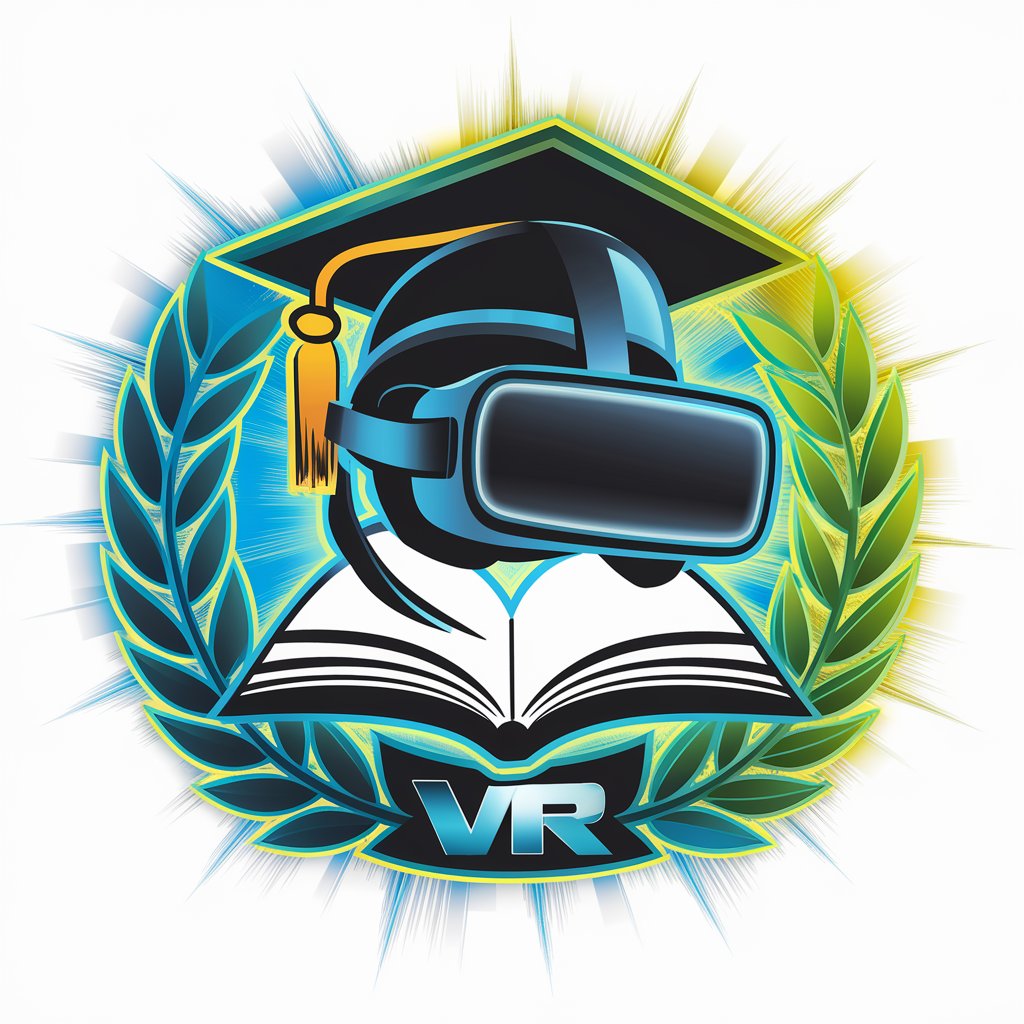
Welcome! Discover the future of education with VR and AR.
Transforming education with AI-driven VR and AR.
How can VR and AR be effectively implemented in classroom settings?
What are the key benefits of using VR and AR in education?
Can you provide examples of successful VR/AR educational programs?
What challenges might educators face when introducing VR and AR technologies?
Get Embed Code
Exploring the Role of VR and AR in Education
The use of Virtual Reality (VR) and Augmented Reality (AR) in education represents a transformative approach to teaching and learning. By integrating these technologies, educators can create immersive and interactive learning experiences that were previously unimaginable. VR and AR serve as powerful tools for enhancing comprehension, engagement, and motivation among students across various subjects and levels of education. For instance, VR can transport students to ancient civilizations for history lessons, or into the human body to explore biology at a cellular level. AR, on the other hand, overlays digital information onto the real world, making it possible to study the structure of molecules in chemistry by viewing them in 3D space in the classroom. These technologies not only support traditional educational outcomes but also prepare students for future careers by developing skills in technology and innovation. Powered by ChatGPT-4o。

Core Functions of VR and AR in Education
Immersive Learning Experiences
Example
Virtual field trips
Scenario
VR allows students to embark on virtual field trips to inaccessible locations, like the surface of Mars or the depths of the ocean, providing a rich, contextual environment for learning that enhances understanding and retention.
Interactive Learning Modules
Example
3D molecule interaction in chemistry
Scenario
AR enables students to interact with 3D models of molecules, manipulating them to understand chemical bonds and reactions, offering a hands-on learning experience that traditional 2D diagrams cannot match.
Skill Development and Training
Example
Surgical procedures training for medical students
Scenario
VR simulations offer medical students the opportunity to practice surgical procedures in a controlled, risk-free environment, improving their skills and confidence before performing on real patients.
Enhanced Engagement and Motivation
Example
Historical recreations
Scenario
By recreating historical events or sites in VR, students can visually and emotionally experience moments in history, leading to higher engagement levels and a deeper understanding of historical contexts.
Collaborative Learning Environments
Example
Multi-user science lab simulations
Scenario
VR and AR can create collaborative learning environments where students, regardless of their physical location, can work together in virtual labs, conducting experiments and sharing findings in real-time.
Who Benefits from VR and AR in Education?
Educators and Teachers
Educators seeking innovative methods to enhance curriculum delivery and student engagement find VR and AR invaluable. These technologies allow them to present complex subjects in an understandable and engaging manner, making learning more effective and enjoyable.
Students
Students of all ages and levels benefit from the immersive and interactive learning experiences provided by VR and AR. These technologies cater to diverse learning styles and needs, helping to improve comprehension, retention, and motivation across subjects.
Educational Institutions
Schools, colleges, and universities can leverage VR and AR to offer cutting-edge educational programs. These institutions benefit from increased enrollment and student satisfaction by providing innovative learning tools and environments.
Corporate Training Programs
Organizations looking to enhance their training programs for employees can utilize VR and AR for hands-on, practical training simulations. This is particularly beneficial in industries where practical experience is crucial, such as healthcare, engineering, and aviation.

Getting Started with VR and AR in Education
1
Begin by exploring immersive learning opportunities with a free trial at YesChat.ai, where no login or premium subscription is required.
2
Identify your educational goals and select VR or AR content that aligns with your curriculum needs, focusing on subjects that benefit from visual and experiential learning.
3
Ensure you have the necessary hardware, such as VR headsets for virtual reality experiences or tablets/smartphones for augmented reality applications.
4
Integrate VR or AR sessions into your lesson plans as supplementary materials to enhance traditional teaching methods and engage students in interactive learning.
5
Gather feedback from students and educators to continually assess the effectiveness of VR and AR in achieving learning outcomes and make adjustments as needed.
Try other advanced and practical GPTs
ATS Job Application Expert
Empower Your Job Search with AI
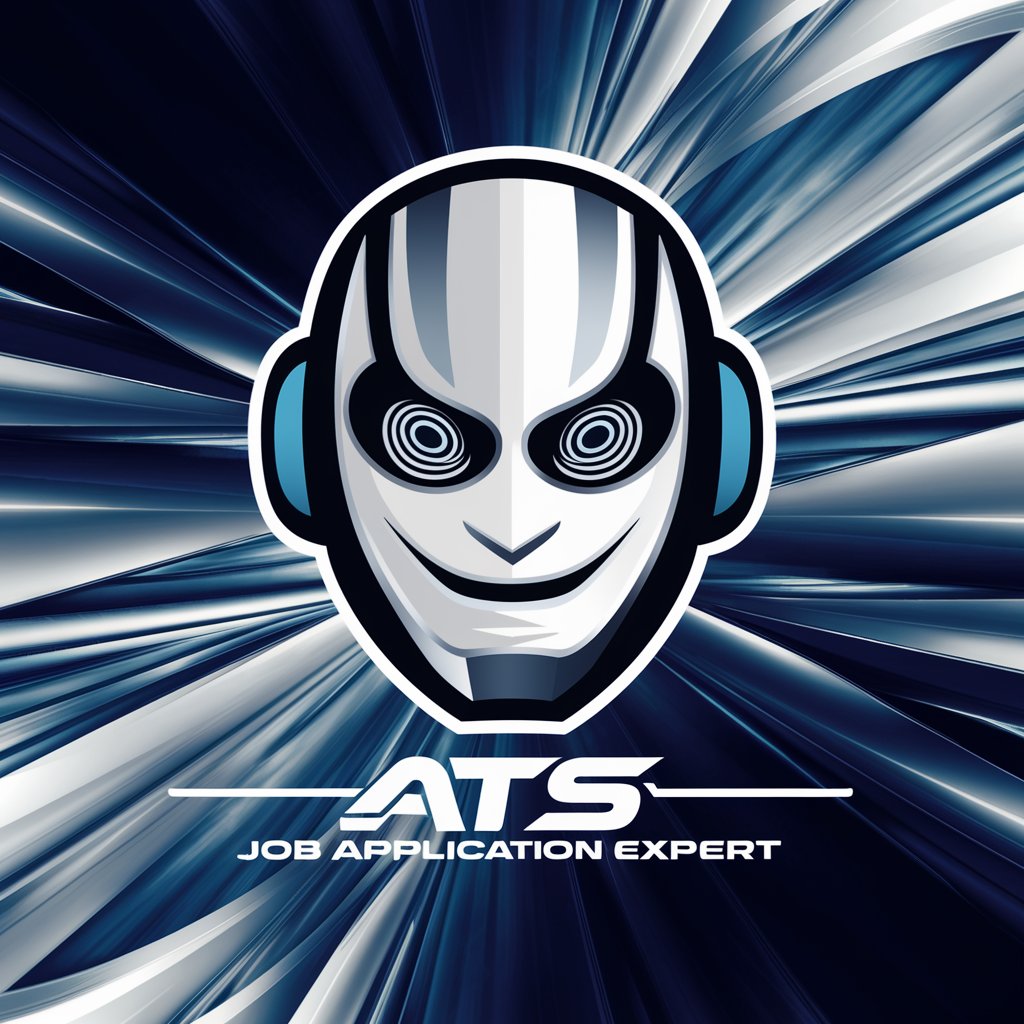
AI SEO
Elevate Your SEO Game with AI Power

Public Relations Expert
Elevate Your Public Relations with AI
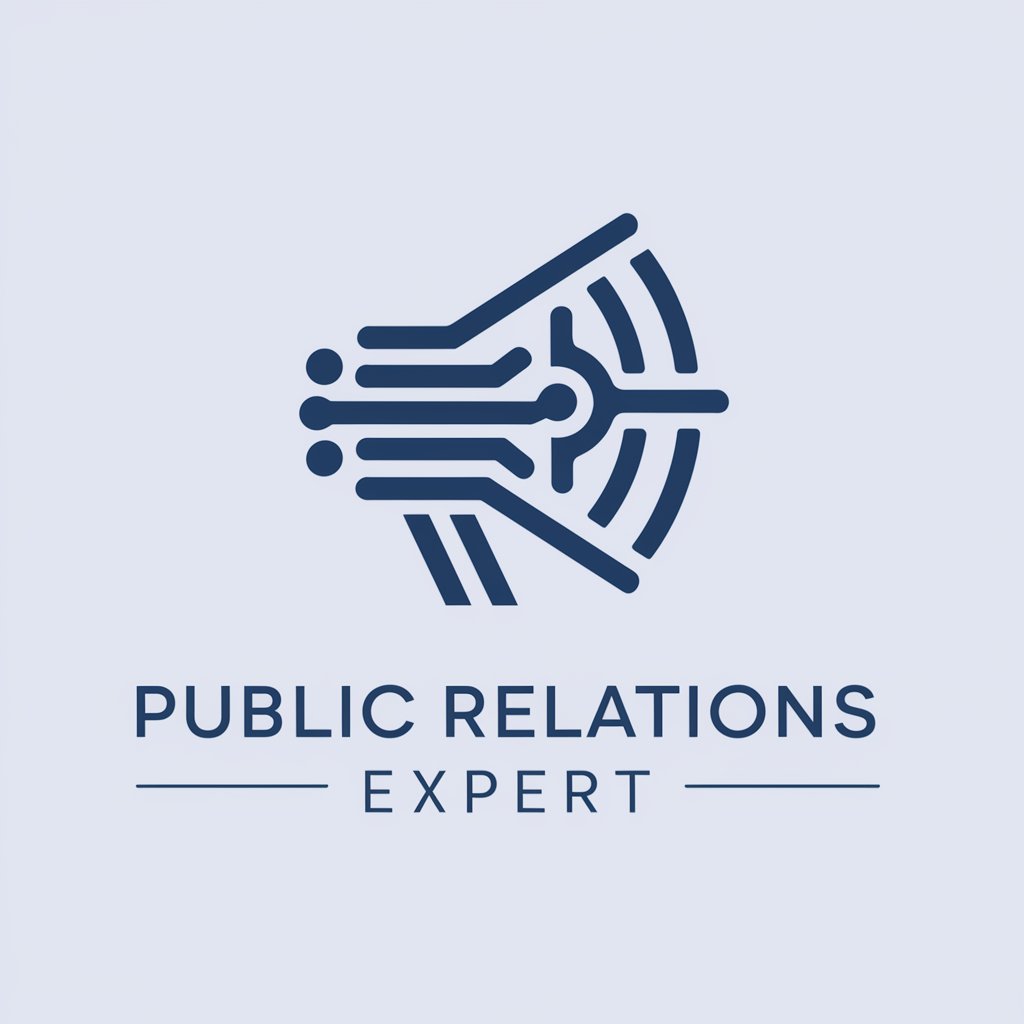
E-9 CSM Direction
Elevating Leadership with AI

Press Master
Craft Compelling Press Releases with AI
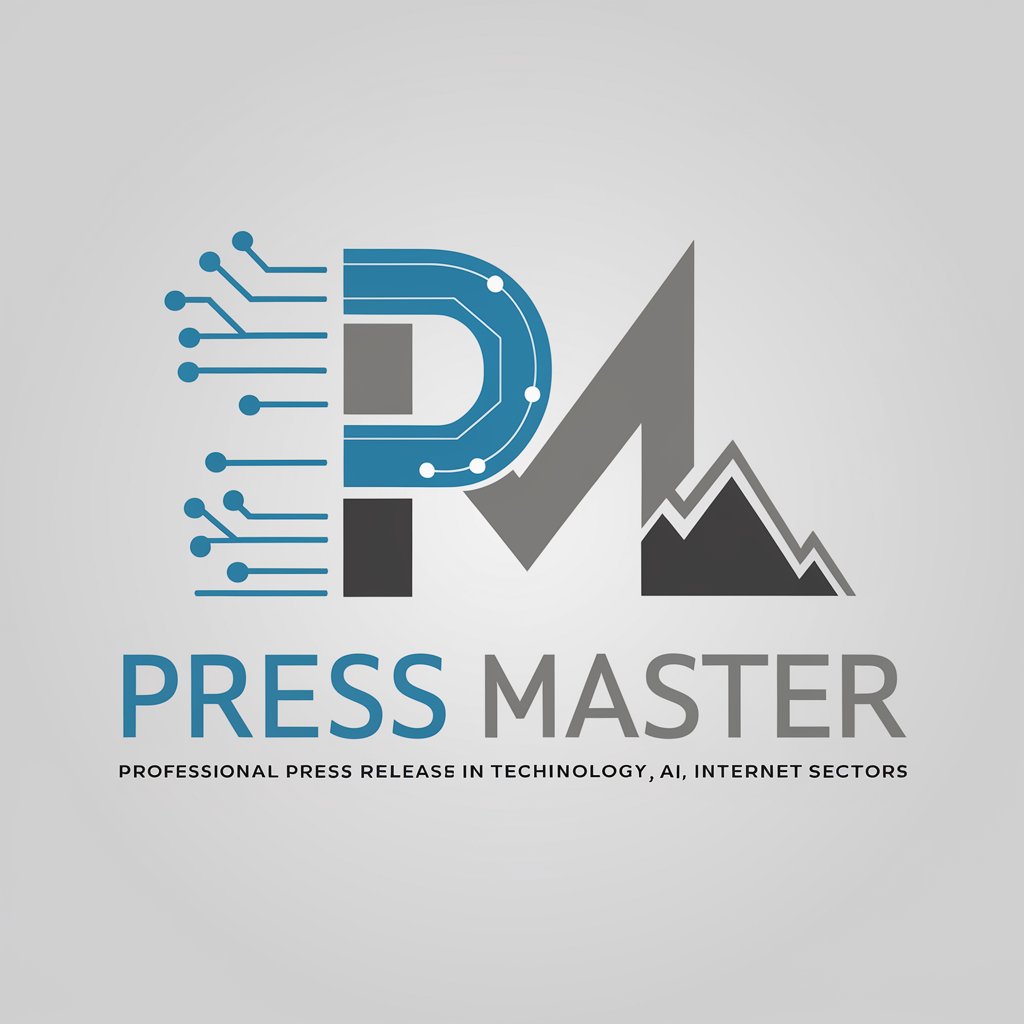
News-Channel GPT
Tailored News at Your Command

The Daily Educator Assistant
AI-powered Support for Educators

Transform Transcripts™
Elevate Your Transcripts with AI-Powered Insights

Put It On The Line meaning?
Empower Your Words with AI
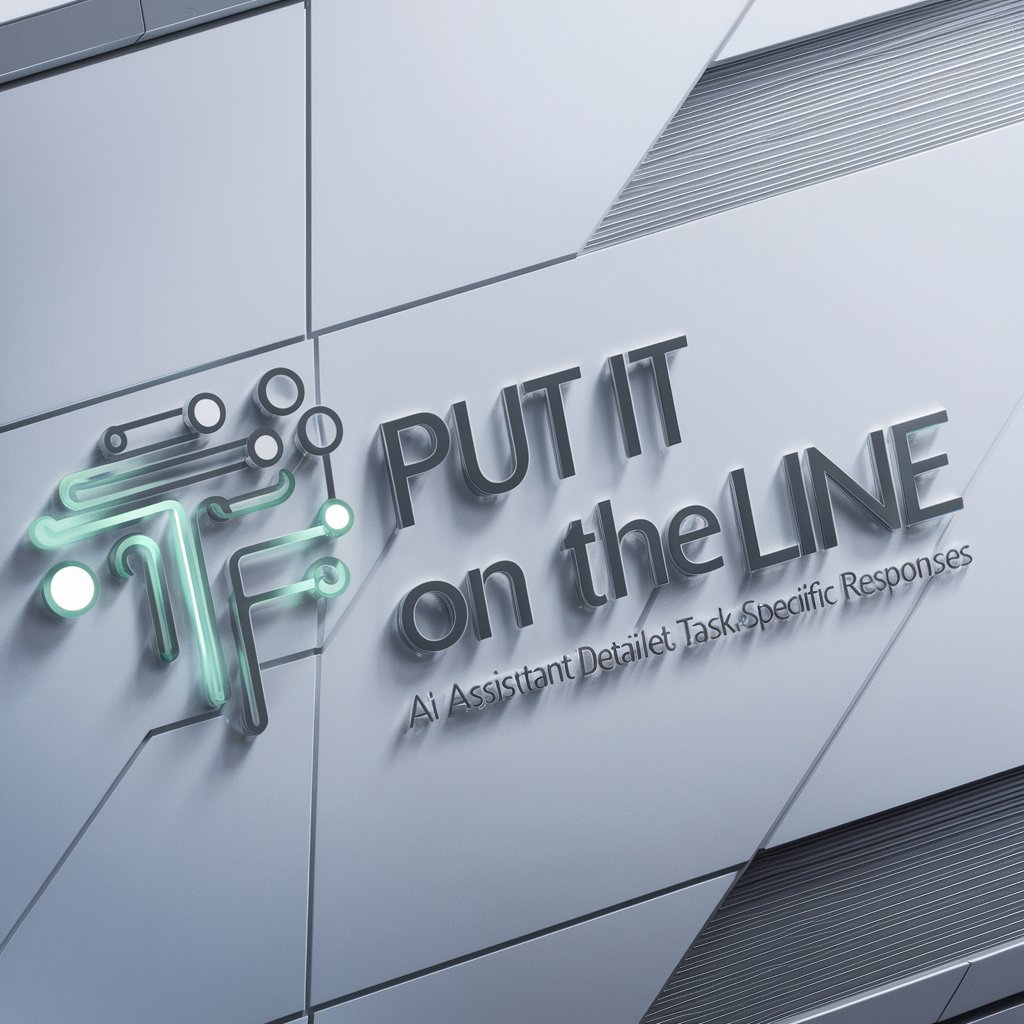
사랑
Empowering Love and Happiness with AI
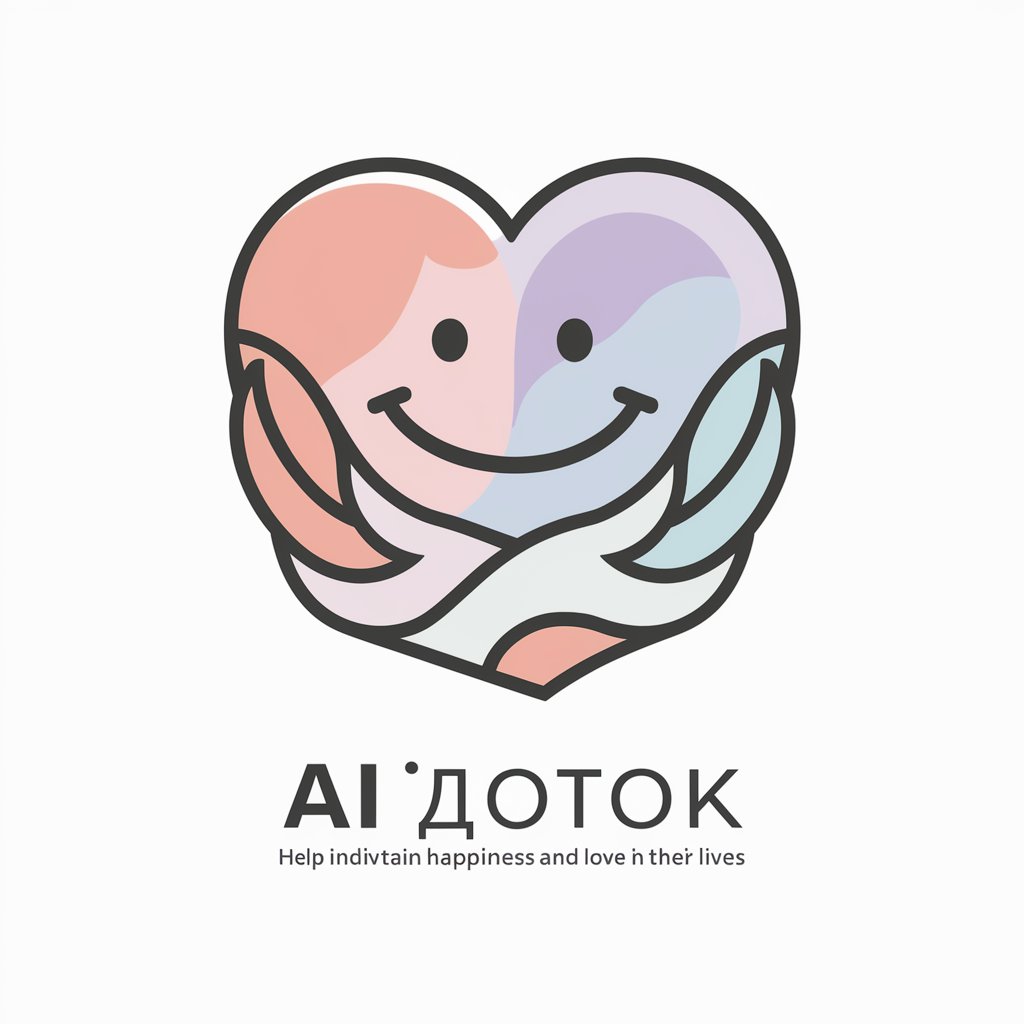
Zero Waste Companion
Empowering sustainable living with AI.

Locksmith Portland, Oregon AI Assistance
Unlocking Solutions with AI

VR and AR in Education FAQs
What are the main benefits of using VR and AR in education?
VR and AR offer immersive learning experiences, enabling students to explore complex subjects in a visually engaging way. These technologies improve retention, foster empathy by simulating real-world scenarios, and cater to various learning styles.
Can VR and AR be used for all age groups in education?
Yes, VR and AR can be tailored to suit learners of all ages, from elementary through to higher education. The content complexity and interaction level can be adjusted to match the cognitive and motor skills of different age groups.
What subjects benefit most from VR and AR in education?
Subjects that involve spatial relationships, complex processes, or historical contexts, such as science, history, and engineering, benefit greatly from VR and AR. These technologies can visualize abstract concepts, making them easier to understand.
How can educators assess learning outcomes from VR and AR experiences?
Educators can use quizzes, practical assignments, and observation of students' engagement and performance during VR or AR sessions to assess understanding and retention of the material presented.
What are the challenges of integrating VR and AR in educational settings?
Challenges include the high cost of equipment, the need for technical support, ensuring content quality and relevance, and addressing the potential for VR-induced motion sickness in some users.